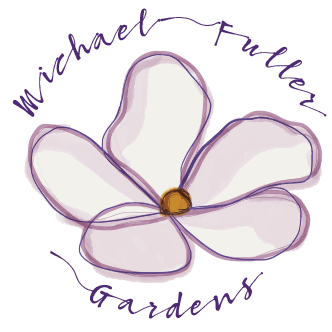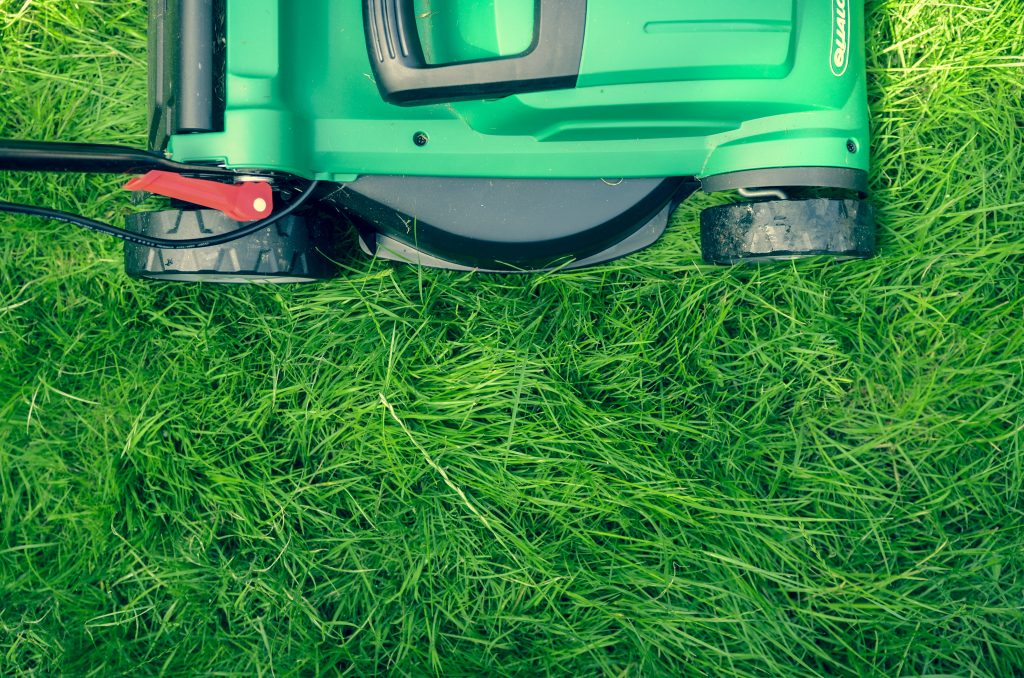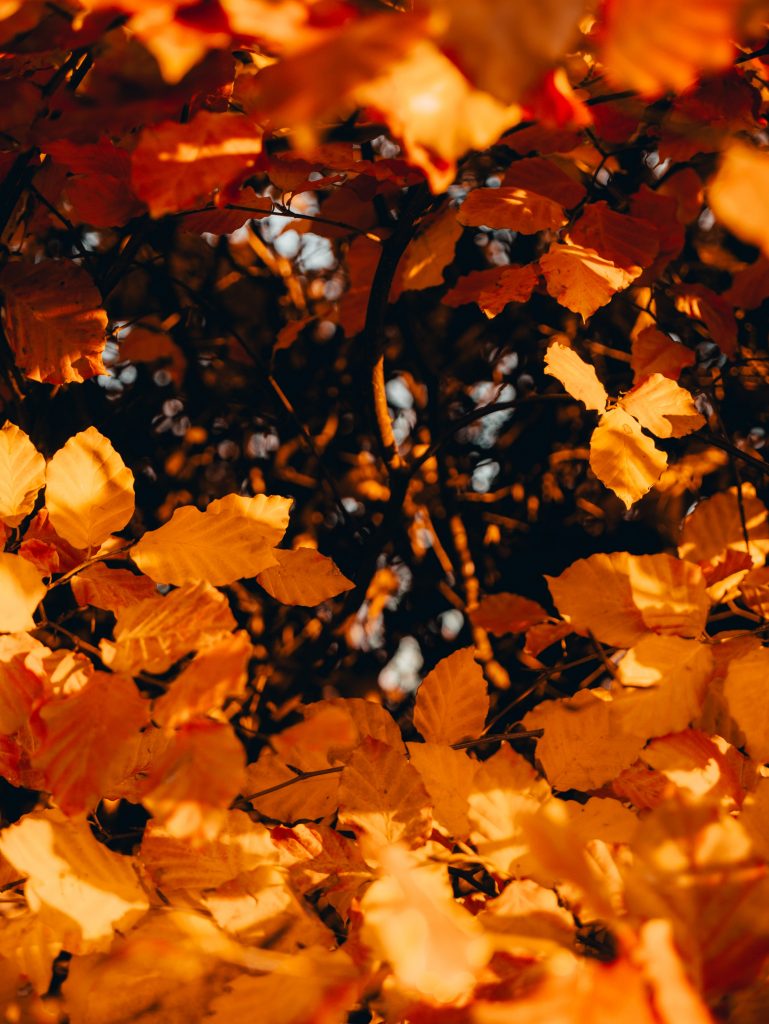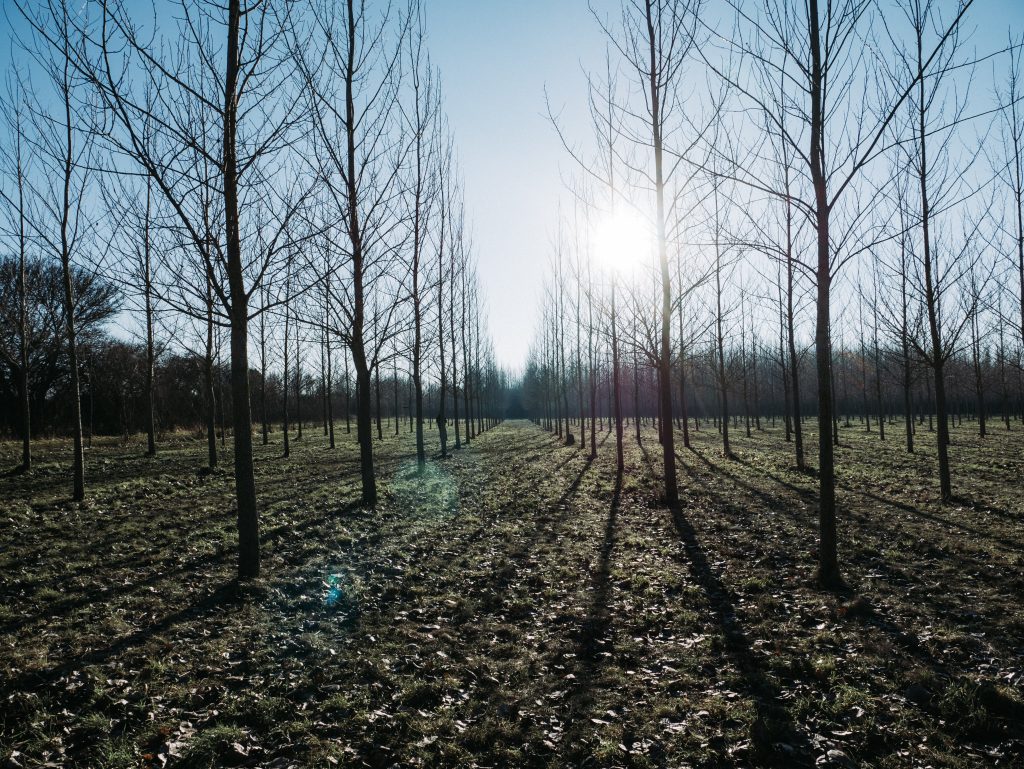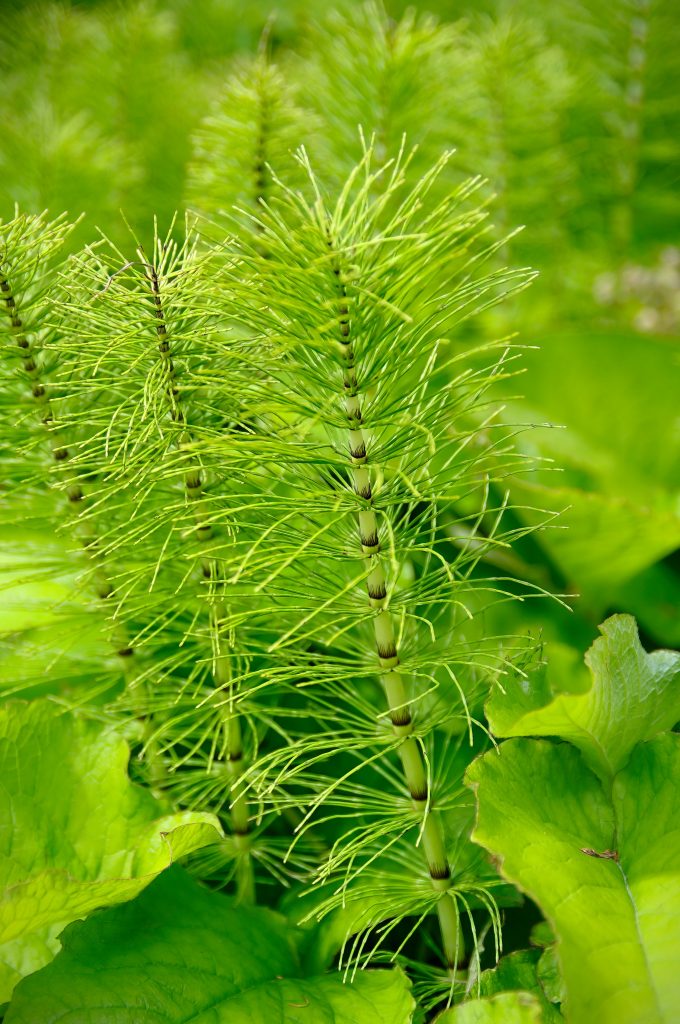The Garden in November – Winter Seedheads.
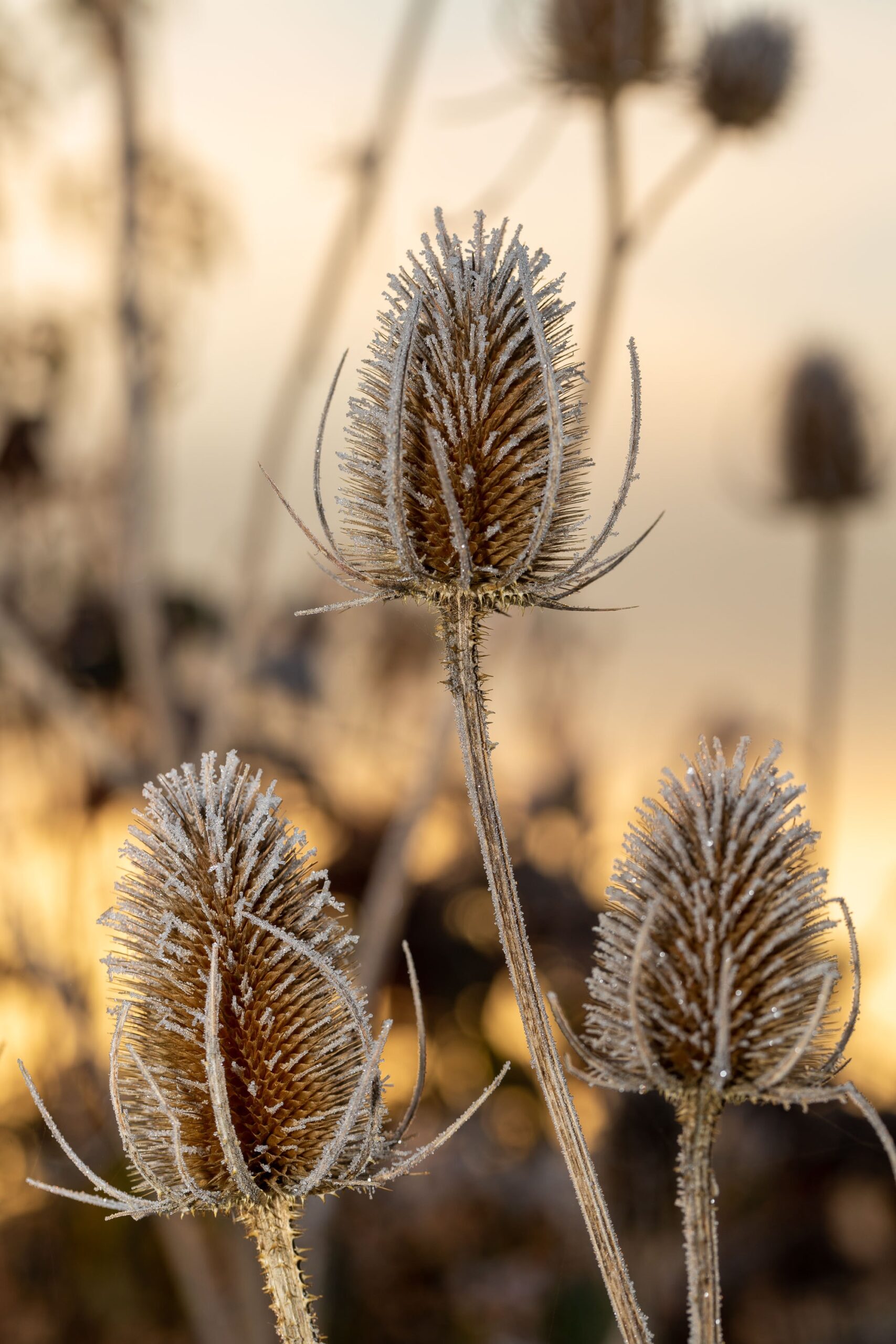
“And I will show that there is no imperfection in the present, and can be none in the future, And I will show that whatever happens to anybody it may be turn’d to beautiful results, And I will show that nothing can happen more beautiful than death, And I will thread a thread through my poems that time and events are compact, And that all the things of the universe are perfect miracles, each as profound as any.” – Walt Whitman
Although the great American poet Walt Whitman was writing about human life and death in the above poem, I feel inspired by the idea that these sentiments can also be transposed to our gardens. In recognition that November is traditionally the time where we have the closest connection to the world of death and dying, here are five garden plants that for me encapsulate this quality of beauty in death. As well as often being strikingly beautiful, plants with interesting seed heads that stand well over autumn and winter are a good source of food for birds and provide habitats for numerous insects such as spiders. They should have a place in every garden.
Fennel
The soft, feathery billows of green foliage and yellow aniseed-perfumed flowers of Fennel are transformed during autumn into a real eye-catching gem. The dead flower heads can remain standing until early spring, and the sight of fennel on a frosty morning with the sun low over the flower bed, is hard to beat.
Honesty
The delicate round to oval seed heads of honesty is preceded by pink or white flowers that are a good addition to the wild garden as they are very attractive to bees. The winter seed heads look particularly attractive when backlit by the sun and are useful for dried flower arrangements, lasting for many months indoors.
Teasels
If you have a meadow, chances are that you will have teasels, as they are prolific self-seeders. These upright white or pink flower cones, adding good form to the summer meadow, gently change to a dry brown spiky brush in the winter. In the summer, the flowers are magnets for bees, whilst in the winter the seed heads are irresistible to Goldfinches, as well as adding an unusual and attractive element to the winter garden.
Grasses
There are now many kinds of grass available for beautiful prairie-style low-maintenance flower beds. Their upright simplicity adds elegance and calm to such flower beds and this serene beauty can continue right through winter until the new growth starts again in spring. Like Fennel, grasses such as Calamagrostis, Miscanthus and others are sublimely spectacular when frosted.
Sunflowers
Following the dramatic glory of the yellow sunflower throughout the late summer, a rosette of many perfectly formed sunflower seeds can remain for many months. Although they may not last through the whole winter, it is worth trying to keep these annual flowers for as long as possible as they will provide welcome food for many different birds, especially bluetits. If they do become soggy and a bit forlorn, one tip would be to cut the head off and hang it on the bird table, allowing the cold and drying winds to keep the seeds from rotting.
These five are just suggestions, there are many more; Perhaps we could experiment more with the flowers that we traditionally cut down in the autumn by asking ourselves “I wonder what this plant looks like when it is dead?’ We may be pleasantly surprised with the result.

